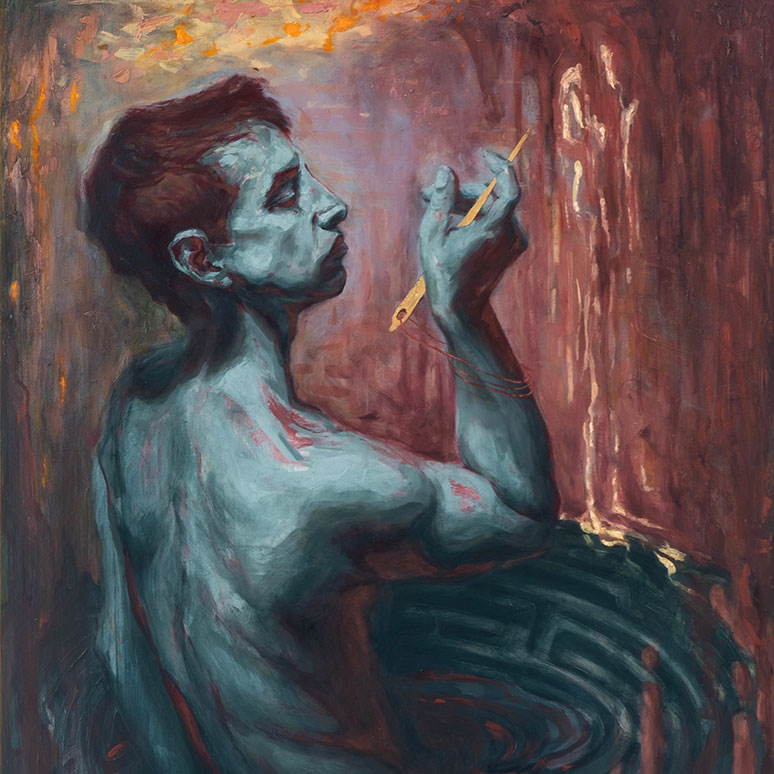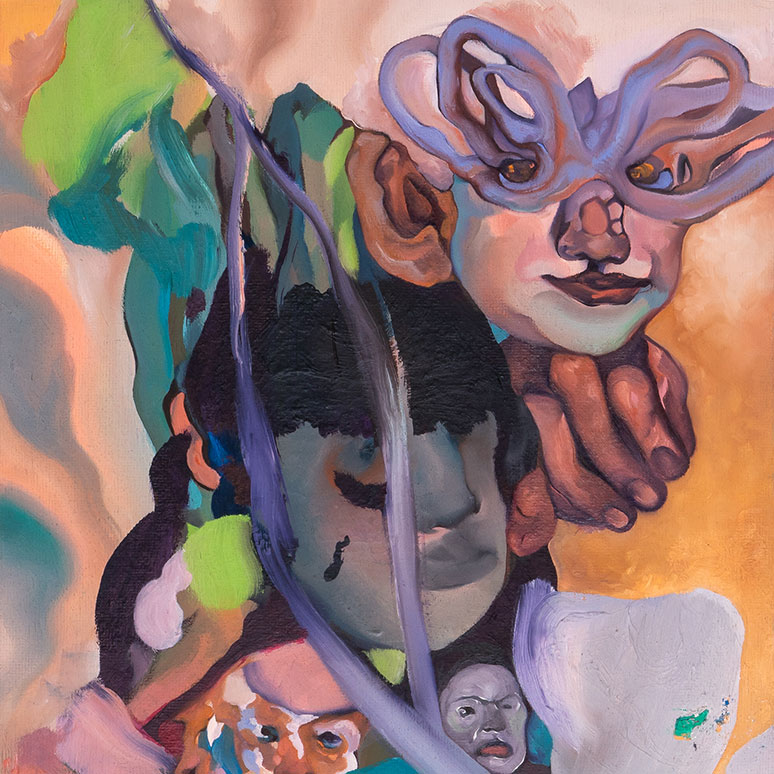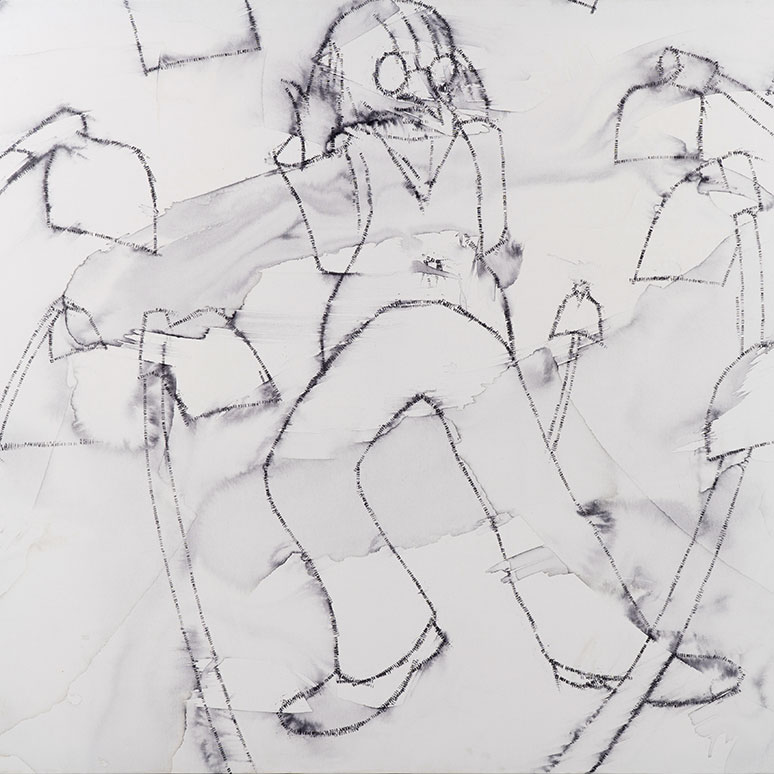Jaime Zapata
Zapata is a figurative painter, committed to realistic techniques. He is the author of the only oil canvas that portrays Chimbacalle—his childhood neighborhood in southern Quito—and many other canvases that, through classical techniques, attempt to depict what has not been previously portrayed in painting: everyday life.
Jaime Zapata cv (CLICK TO DOWNLOAD)
b. 1957 in Quito, Ecuador
Jaime Zapata lives and works between Paris and Quito. His work appears as unique in the Latin American media characterized by an outrageous modernist or indigenous production.
Zapata is a figurative painter, attached to the realist technique, author of the only oil canvas that portrays Chimbacalle—his childhood neighborhood in the south of Quito—and many other canvases that, using a classical technique, try to tell what has not been told before in painting: the daily life of the Quito middle classes between the 1970s and 90s.
After he got established in Paris at the end of the eighties, this took a new dimension: the appearance of a tormented subjectivity that produces beautiful neurotic canvases and later, chromatic and material explosions of a shocking sensuality and darkness.
Works
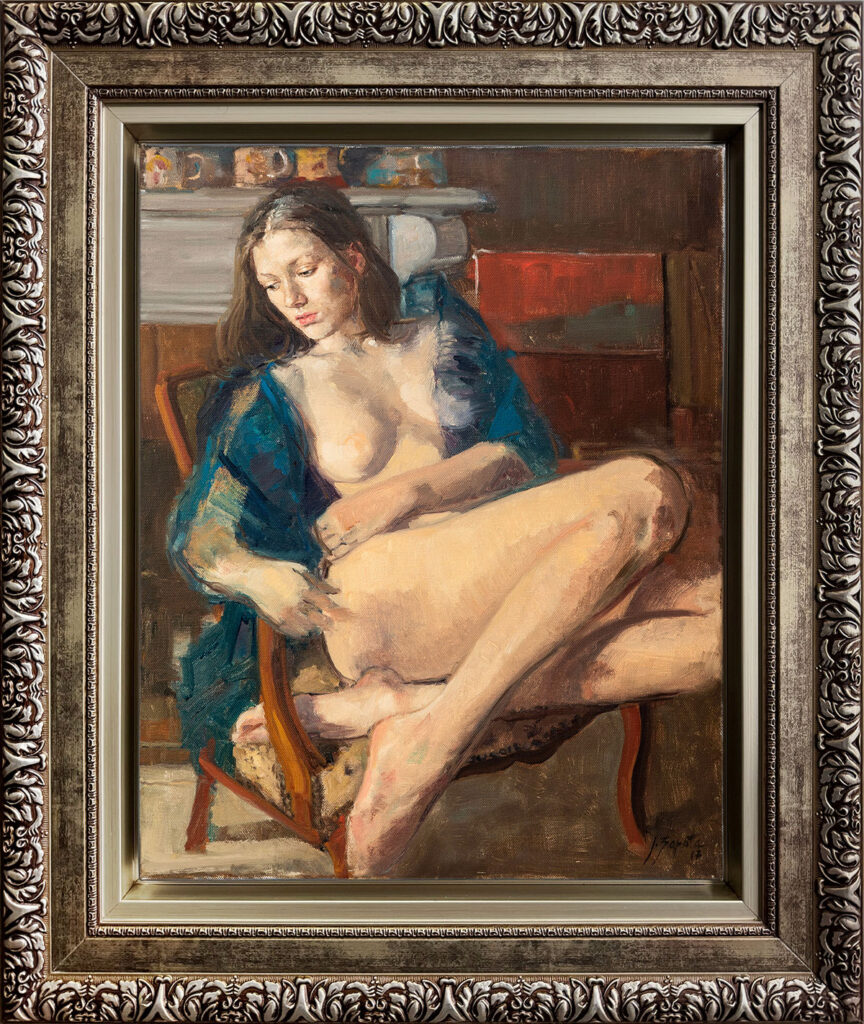
Margoth en Azul, 2017
50 × 40 cm

General, 1991
110 × 91 cm
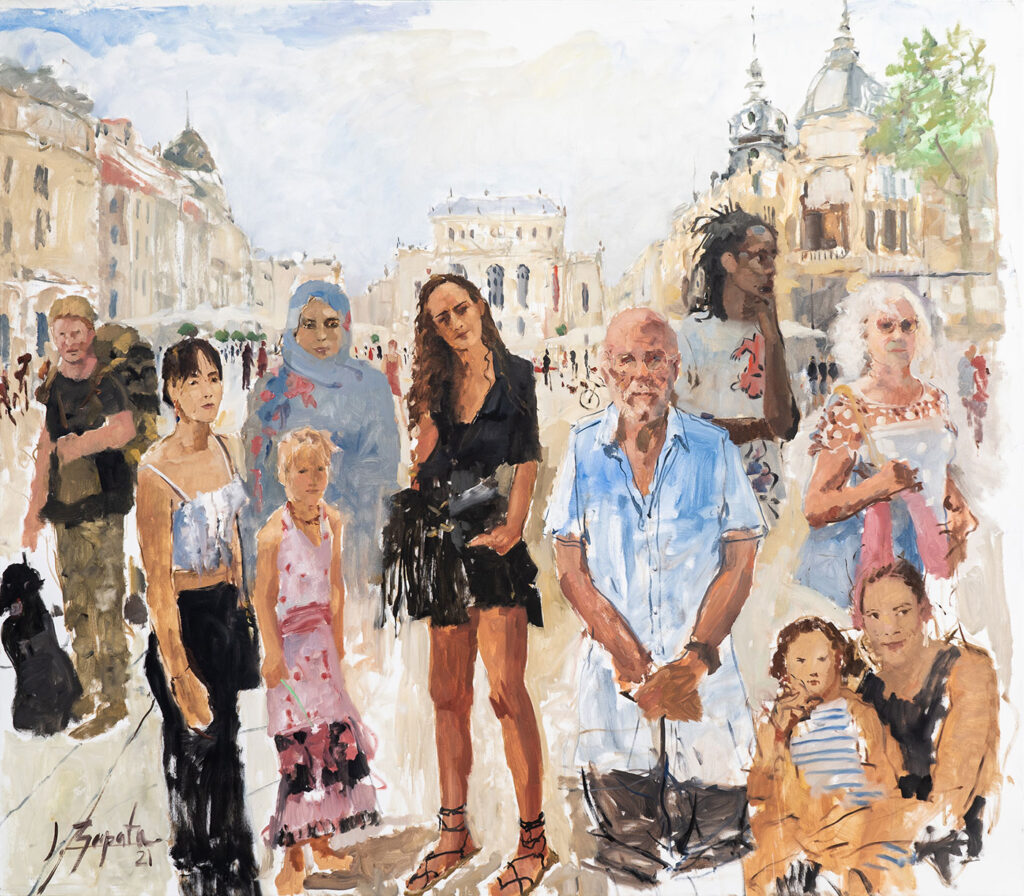
La Comédie, 2022
208 × 235 cm
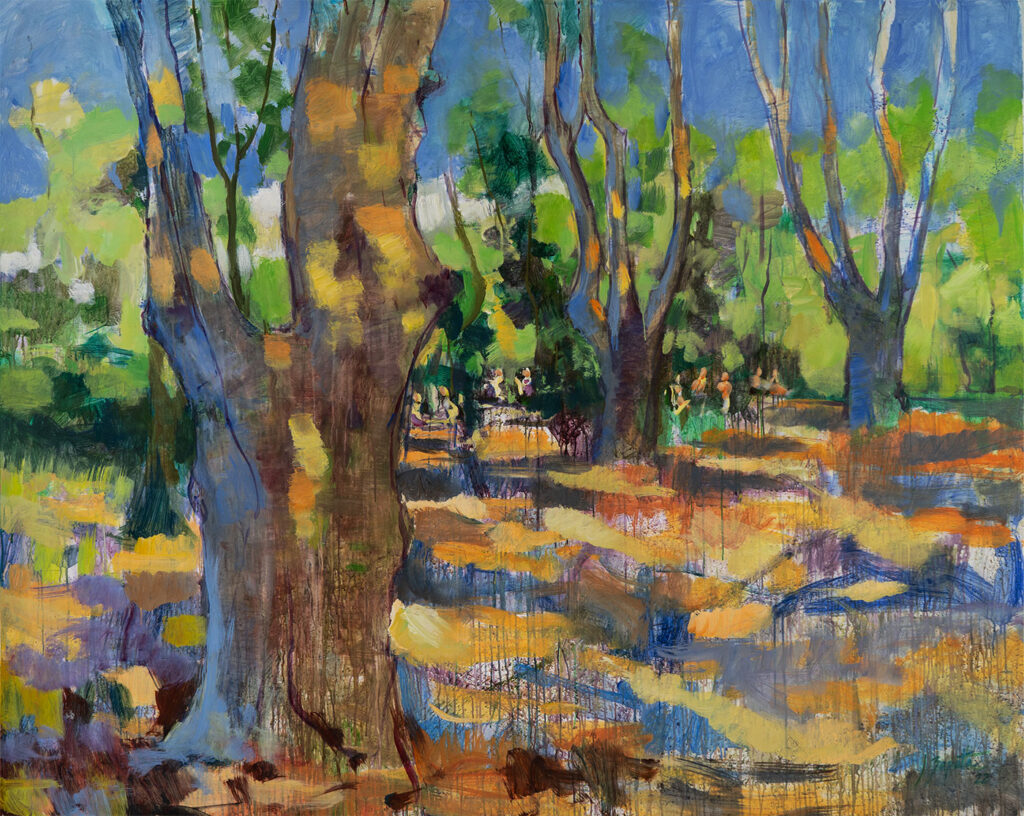
Rimbaud, 2022
187 × 235 cm
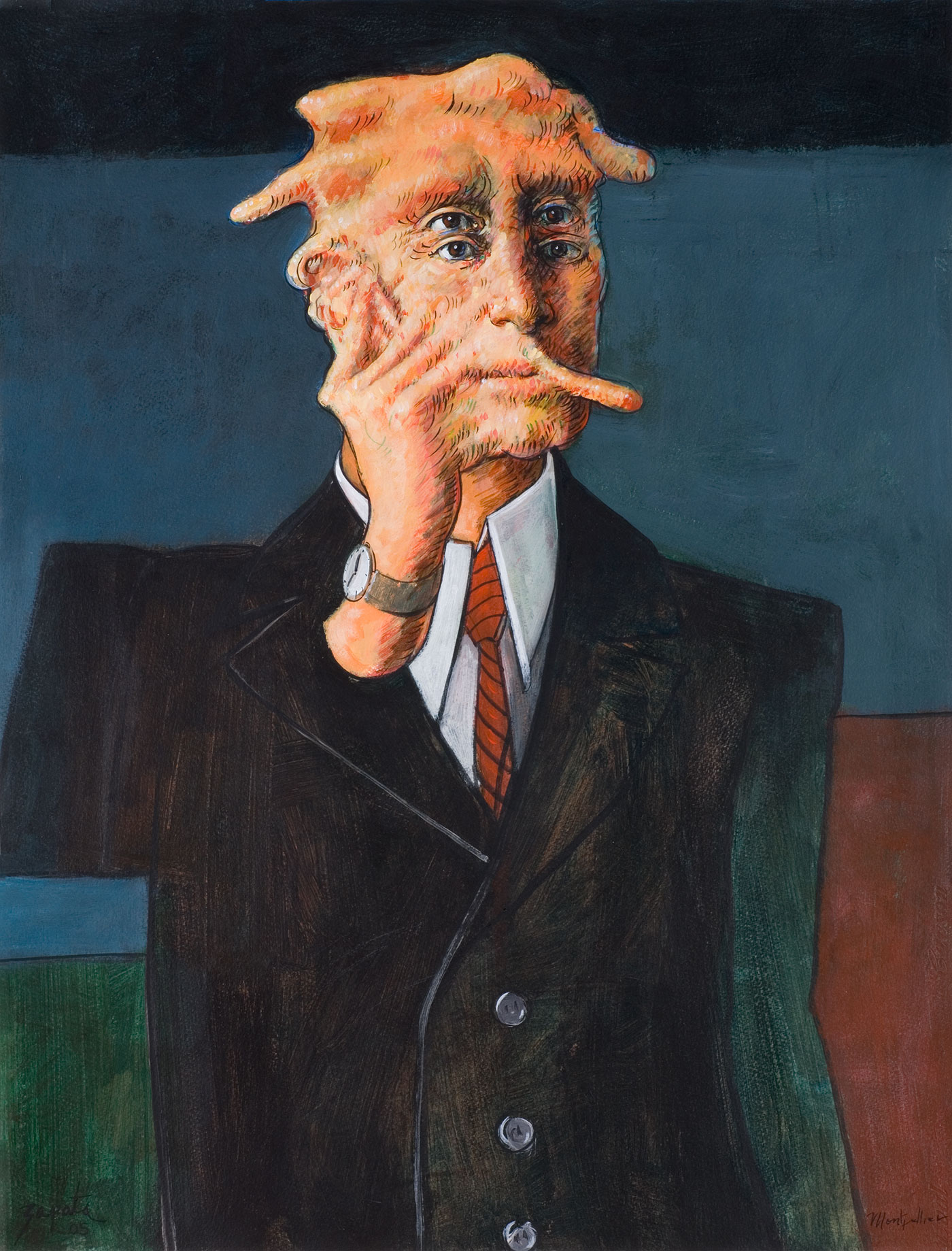
Insoportable, 2005
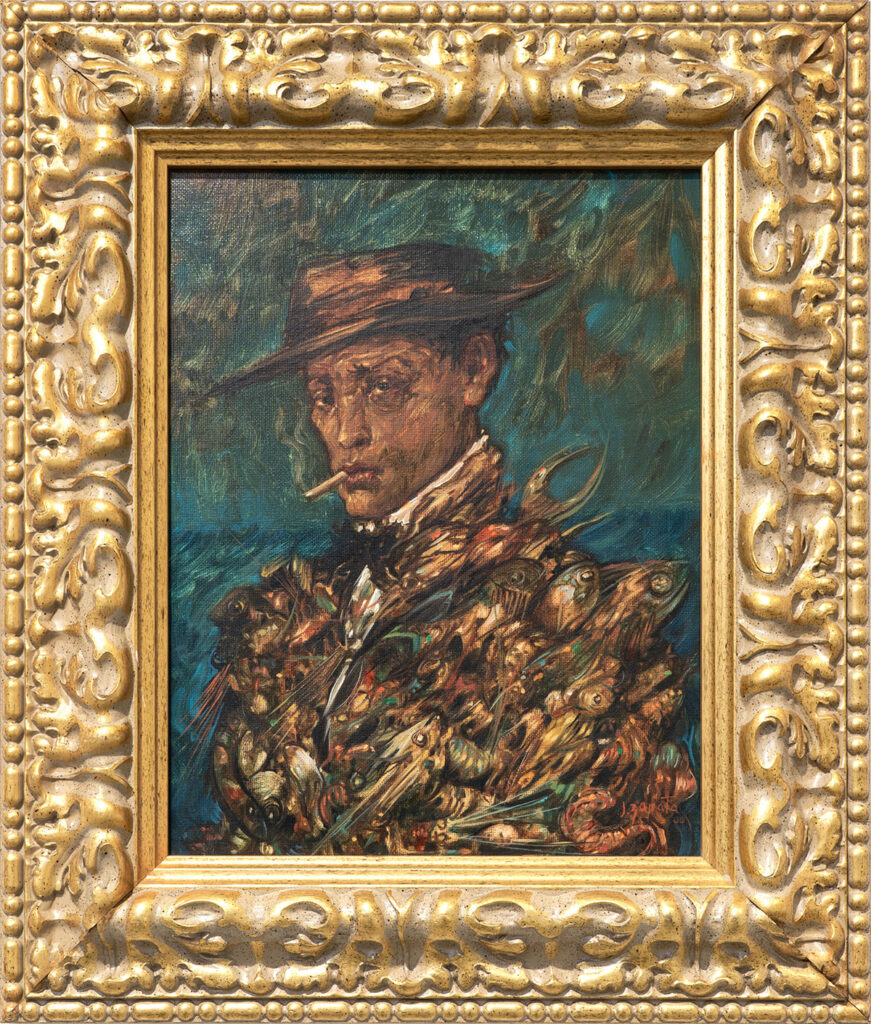
Migrante, 2000
50 × 42 cm
PROARTE EXHIBITION
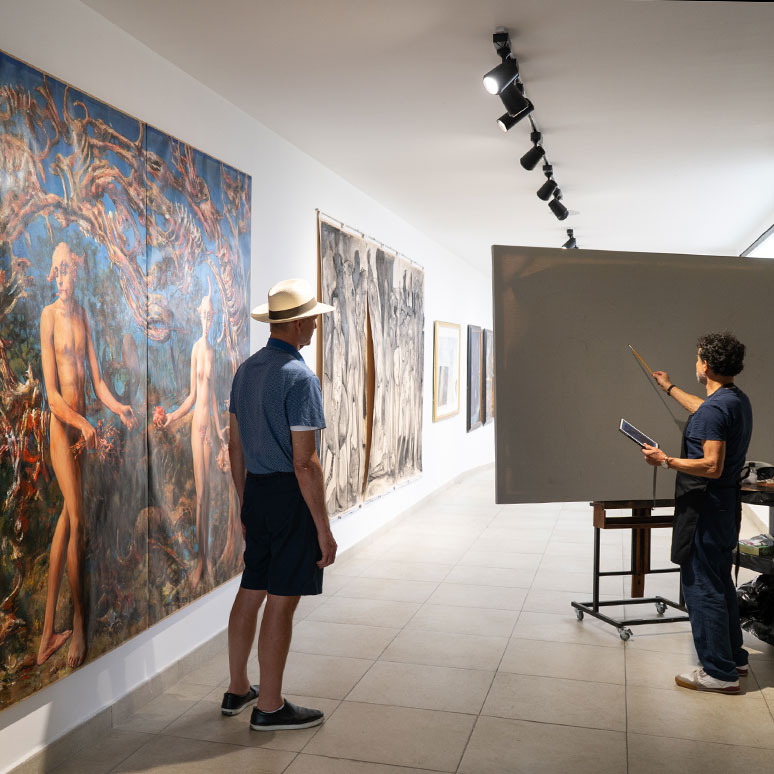
Lorem Ipsum
Rebecca Ackroyd
The exhibition, held at the Guayaquil Country Club, interpreted and translated into painting a reality of bones, flesh, and skin, revealing human beings constructed from the magical, the mundane, the technological, and the mechanical. It showcased how contemporary humanity is a product devoured and reconstructed from the remnants of modernity.
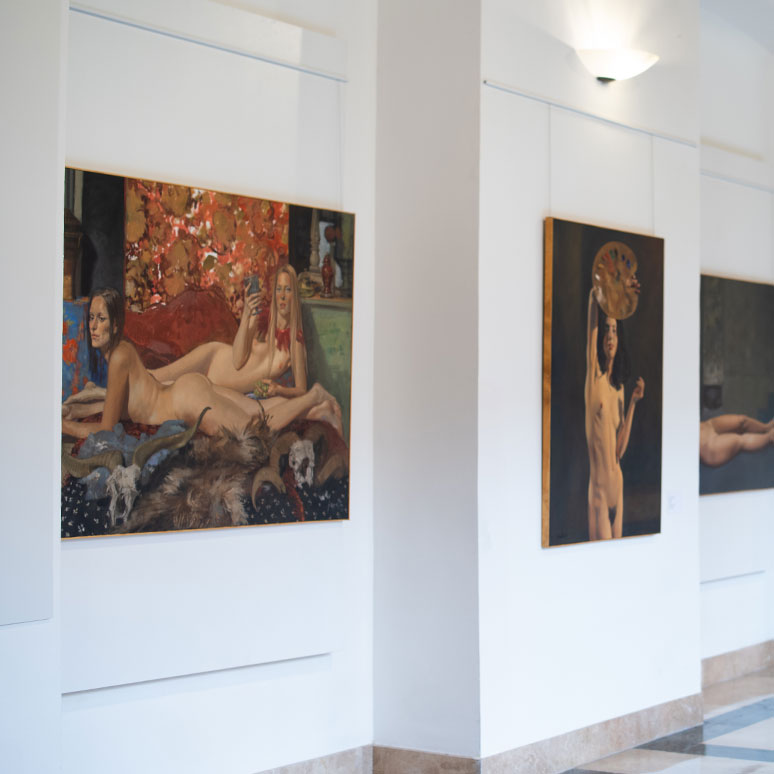
Lorem Ipsum
Rebecca Ackroyd
The exhibition “Feminitas,” held at the Museum of America in Madrid, Spain, interpreted femininity from three Ecuadorian perspectives, showcasing the idealization, divinization, and sexualization of women throughout art history. It highlighted the diversity of styles and approaches that incorporate indigenous and traditional elements.

